The Historic County of Caithness
- Matthew Boyce
- Jan 14, 2022
- 4 min read
What an amazing trip this was. Just saying.

Wanting to scratch the itch of seeing every area of Scotland we took a 4 day and drove 6 hours north to the Caithness region of Scotland. Our destination was the small town of Thurso, the northernmost settlement of mainland Britain.
Home to just 7000 people, this shore side town hosts a castles, gothic style churches, great views of the Orkney archipelago and SEALS! I mean, all of Scotland has seals but I saw them in the wild for the first time here and let me tell you, it was VERY exciting.
Our first day in Caithness took us to Dunnet Head, the most northerly point of mainland Britain. It was so cold and windy but we managed to snap a few photos before running to the car! Also known as Easter Head, there is a large viewing platform overlooking to cliffs the old red sandstone for excellent bird watching. A military installation and a lighthouse are also housed here but are closed off to the public.
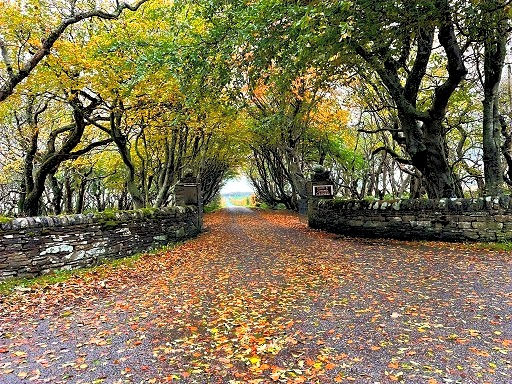
Further east from Dunnet lies the Castle of Mey. Unfortunately we couldn't get tickets to see it but the grounds ravaged by fall were quite a sight to see.
The castle was built by George Sinclair, the 4th Earl of Caithness who's Great Great Granddad, the 1st Earl of Caithness built Roslyn Chapel! Currently is is stewarded by The Prince's Foundation, headed solely by Prince Charles, the Prince of Wales (Princess Diana's Husband and Queen Elizabeth II's son).
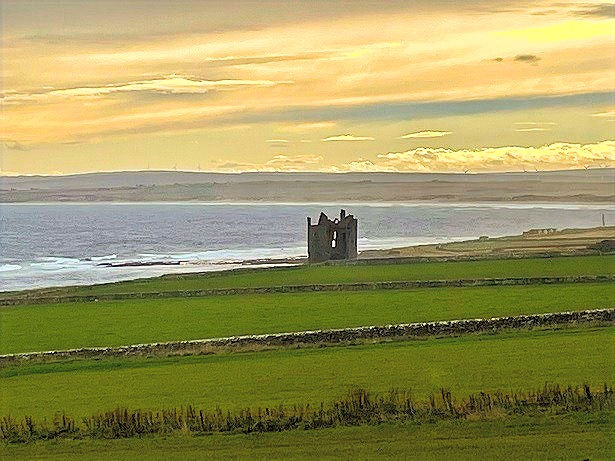
Heading east yet again took us to Duncansby Head and Duncansby Head Lighthouse. By this point, the rain and wind were really picking up so we only stayed long enough to catch some great views of the North Sea before jumping back in the car, cranking the heat, and heading south. We passed Old Keiss Castle on our way to our next stop, the Castle of Old Wick. Keiss is unfortunately on private property so we weren't able to visit.
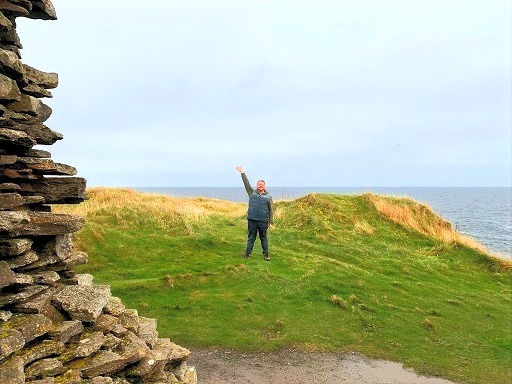
We did however get to see Old Wick Castle. While it doesn't look like much, the surrounding cliffs and ocean views were amazing. All that remains is what you see, three walls of a tower.
The weather was starting to clear up so we hiked through the mud and got to exploring. Old Wick is thought to be a Norwegian stronghold built by Harald Maddadsson, the Norwegian Mormaer (Earl) of Caithness sometime between 1139 and 1206.
As the clouds broke and blue skies emerged, we made our way to Castle Sinclair Girnigoe just as the sun was getting ready to set. This castle wasn't originally on our list of things to do, but we saw it from the road heading to Old Wick so we decided to backtrack and check it out. So glad we did. From the car park we trapezed through a muddy field to the ruins of Castle Sinclair Girnigoe, the lovechild of Castles Girnigoe from the 15th century and Sinclair from the 17th. The castle itself, while ruined, is still in pretty good shape and surprisingly well preserved.

The earlier Girnigoe was built in the late 1400's by the 2nd Earl of Caithness William, son of William Sinclair (1st Earl, the one who built Roslyn) and Great Grandfather of George (4th Earl) who built Castle Mey. Confusing, I know. George (4th Earl, Castle of Mey) starved his son John (5th Earl) for 7 years at Sinclair Girnigoe, feeding him a diet of salted beef, he died insane from thirst. Since we haven't mentioned him yet, the 3rd Earl, John, died in 1529, in an expedition to the Orkney Islands during an insurrection led by the Sinclairs that lived in Orkney. (*sigh*) John's (5th Earl) son George (6th Earl) built the original Thurso Castle.
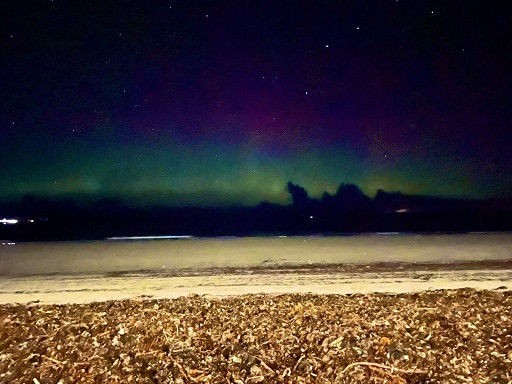
Back in Thurso that night, we were delighted by the Northern Lights out in the distance. It was breathtakingly beautiful and absolutely unforgettable!
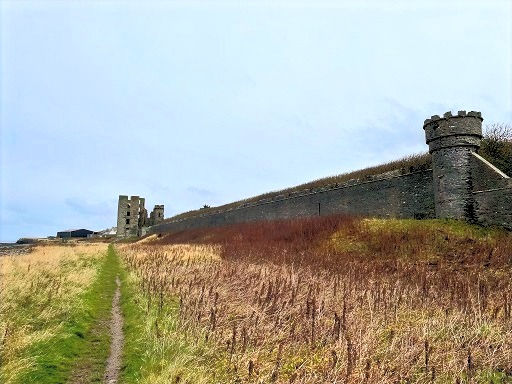
The next day we decided to explore the small town of Thurso. The history of the town dates back almost 1000 years, since Caithness was under Norwegian rule. The fortress at Thurso dates back to the 12th century however the current castle only dates back to the mid 1800's and was partly demolished in the 1950's. The habitable parts of the castle are still owned and lived in by Viscount and Lord of Caithness, John Archibald Sinclair, 3rd Viscount Thurso. There is still a gatehouse on site that is in amazing shape. Still wanting to explore the area more, we walked back behind the castle along the cliffs edge getting great views of Thurso Bay and Dunnet Head.
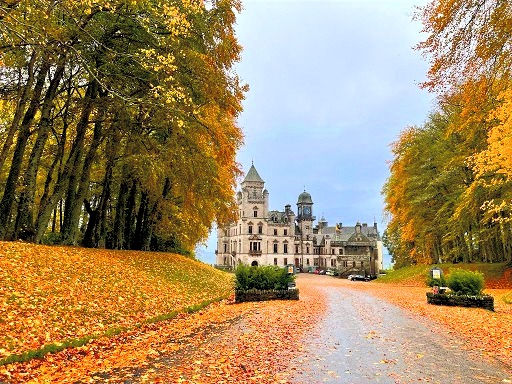
On our way out back to Dundee, we really wanted to stop by the stunning Dunrobin Castle, but unfortunately they closed for season the day we arrived. We'll just have to make a second trip up when the weather is nicer!
Oh boy, this was a lot of words. What a treat for all of you! It was a fun, history filled weekend that we won't soon forget! To see all the great photos, click any of the images below, check out the gallery page, or subscribe to get notified where new content drops!







Comments